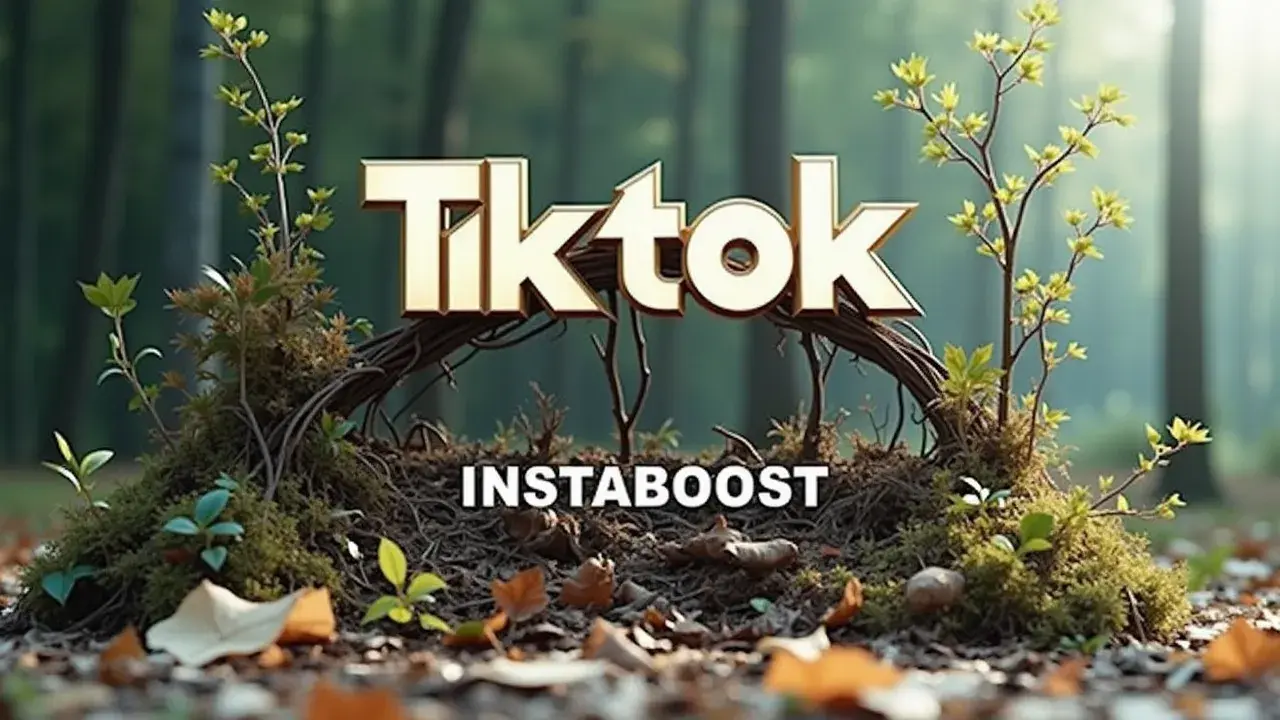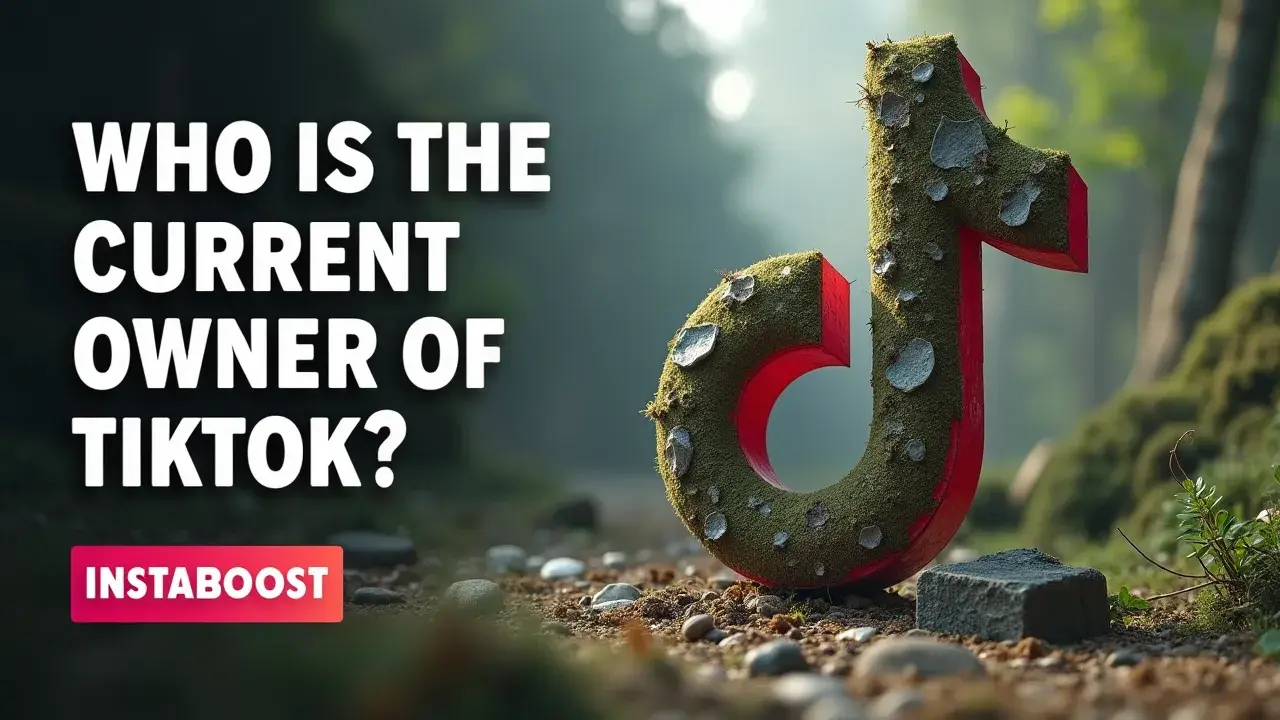Who Is the Current Owner of TikTok Today?
TikTok is owned by ByteDance with ownership shared among ByteDance, various investors, and the company’s leadership. Control dynamics reflect this mix, balancing corporate governance with investor interests. Politics and policy exert pressure on how authority is structured and exercised, influencing decision rights and oversight without changing the basic ownership composition. Understanding these layers helps assess who shapes strategy and how stability or shifts may occur over time.
Why “Who Owns TikTok?” Isn’t a One-Line Answer
Ask “Who is the current owner of TikTok?” and you’ll get a technically correct answer: ByteDance, the Beijing-founded parent company. That’s true, but ownership here works more like a control stack than a single label. ByteDance built TikTok, yet what happens next depends on a mix of shareholders, governance rules, and government pressure across the U.S., China, and Singapore, where the CEO and much of the day-to-day work sit.
The cap table spans founders (with Zhang Yiming’s long shadow and a few early executives), big global investors (including U.S. firms like General Atlantic and the former Sequoia China), and wide employee equity that spreads voting power. Then there’s control in practice: who holds board seats, what the voting rights look like, how data access is managed, and which regulatory obligations override pure percentage ownership. That’s why talk of a U.S. spinoff or forced divestiture matters – “who owns TikTok now” ties directly to “who can steer TikTok tomorrow,” especially under national security reviews and scrutiny of how content choices get made.
For creators wondering about payouts or RPM, this isn’t trivia; it shapes monetization programs, product roadmaps, and whether a U.S. app could end up separate from the global one, and it’s part of how you plan your TikTok growth while accounting for possible rule changes. In this piece, we’ll map today’s shareholders, show the space between economic ownership and real control, explain what the CEO and board actually do, and sketch how regulation could reshuffle the whole setup. By the end, you’ll know who holds what – and who actually calls the shots – behind the most scrutinized short‑video feed in the world.

Why My Sources Deserve Your Trust
Nothing changed until I rewrote one sentence. Instead of “Who is the current owner of TikTok?” I asked, “Who actually controls TikTok, and how can we tell?” That shift made me lean on filings and governance records, not headlines. I start with primary sources – ByteDance’s corporate registry entries, U.S. court dockets, export-control notices, and CFIUS statements – then check investor letters and audited reports, and look at executive and board setups to see where decisions land. When I call ByteDance the parent, I’m not guessing; I’m matching subsidiary charts with majority-vote rules and voting-share structures, including founder “golden share” arrangements that show up in reliable registries, and I ignore noise like growth hacks or cheap tiktok followers because they don’t speak to governance.
When I mention a possible U.S. spinoff or forced sale, I tie it to actual bill text and agency timelines, not chatter. And because TikTok’s CEO works out of Singapore, I pull local filings and employment entities so I don’t over-assign decisions to Beijing. This also helps cut through creator-economy claims: numbers about “RPM” or payout changes get checked against TikTok’s public program terms and independent creator dashboards, not anecdotes. You’ll still see keywords like “current owner of TikTok” for search clarity, but every fact is tied to a traceable, time-stamped source. If it’s not in a filing or a regulator’s order, I say so. That keeps equity ownership, voting control, and regulatory leverage separate – and makes it easier to see who’s actually calling the shots.
Priorities As Strategy: Who Sets TikTok’s Agenda When Everyone Claims a Piece
Even a solid plan falls apart if the priorities are off. If you’re asking who owns TikTok right now, the better question is: who sets the next three priorities that actually move the product and the business. ByteDance owns TikTok, yes, but strategy gets pulled between growth, compliance, and cash.
Growth sits with the product teams in Singapore and LA. They’re watching watch time, creator retention, and RPM, and adjusting payouts and ad formats to keep those numbers steady, the same way they quietly track signals as soft as sentiment and as blunt as likes for tiktok videos to triangulate momentum. Compliance is split. In the U.S., CFIUS and Congress can push data isolation or even set a divestiture clock. In China, export controls decide whether the recommendation system can legally change hands in any sale. Cash lives with ByteDance’s board and major investors, who make the calls on buybacks, fundraising, and where headcount and runway go.
Strategy is where those three get sorted out in real time. If Washington turns up the pressure, spending on Project Texas goes up and product velocity slows. If ads soften, teams shift to higher-yield surfaces like TikTok Shop and search ads, even if that means a small hit to short-term user satisfaction. If a U.S. spinoff seems plausible, leadership keeps options open by modularizing tech and governance so the cap table can shift without breaking the feed.
So the label “owner” doesn’t tell you much. The real owner is whoever can veto the next milestone: regulators on data, ByteDance on capital, the CEO on the roadmap. Watch whose veto sticks this quarter, and you’ll get a decent read on what TikTok does next – maybe a push into commerce, tighter data controls, or another tweak to creator payouts to stabilize RPM and keep the content coming in.
Stop Treating “Owner” Like a Magic Answer
This isn’t cynicism; it’s noticing how things actually work. Asking “Who owns TikTok?” sounds clear, but it assumes one name decides who’s in charge. It doesn’t. ByteDance is on the paperwork, sure, but real control moves through governance rights, regulatory vetoes, and operational choke points.
If you stop at the cap table, you miss the parts that steer decisions: who sits on the board, what vetoes are in the shareholder agreements, what data-access rules regulators set, how trust-and-safety issues get escalated, and the way creators chase visibility to gain tiktok traction. Think about U.S. CFIUS reviews, China’s export controls on recommendation algorithms, and even app store rules; each has acted like a shadow stakeholder, pushing TikTok’s leadership to prioritize compliance when it matters. That’s why a rumored U.S. spinoff isn’t a clean fix on its own. Unless you map who keeps the algorithm IP, who controls model updates, and who can hire or fire the policy team, you’re guessing.
When someone says “the market” or “the founder” runs TikTok, ask who sets the next three priorities that actually get funded. The filings and governance records point to something layered: ByteDance-owned, investor-influenced, regulator-constrained, CEO-mediated. If you want a practical answer to “who owns TikTok right now,” it’s this: ByteDance holds the equity, but control is spread across legal agreements and oversight bodies that can stop or force changes. Until you read the rights, you don’t know the ruler – you only know the registry.
The Only Answer That Matters: Who Can Force the Next Move?
Most people skim the ending. You didn’t. So here’s the real question: asking “Who owns TikTok right now?” points to ByteDance on the cap table, but the better question is, “Who can force the next move when interests clash?” In practice, control lives in three places.
First, board and investor rights: they set budgets, decide on exec hires, and weigh in on whether to sell or hold. It’s quiet power that defines the guardrails. Second, regulators: in the U.S., security reviews and potential divestiture orders; in the EU, rules on data use and algorithm transparency; in China, export controls on recommendation tech. They don’t own TikTok, but they can veto strategies or limit where it can operate.
Third, operational chokepoints: app store rules, ad market dynamics, and creator economics; if you’re mapping these forces, it helps to keep “TikTok ownership structure and spread TikTok content wider” in mind as a shorthand for how distribution and control intersect. ByteDance owns the asset, but these levers decide how the asset gets used. So when you watch what comes next, don’t only follow headlines about a U.S. spinoff or a Chinese export license. Watch which constraint bites first: cash burn, compliance, or growth. If a divestiture clock restarts, governance and legal teams run point. If creator payouts get squeezed, product and sales scramble to stabilize real RPM. If Europe pushes harder on algorithm disclosures, trust-and-safety moves to the front of the line. Ownership tells you who signs. Control tells you who sets the next three priorities. That’s the real map of TikTok’s “owner” right now – and the lens that actually predicts what happens next.















